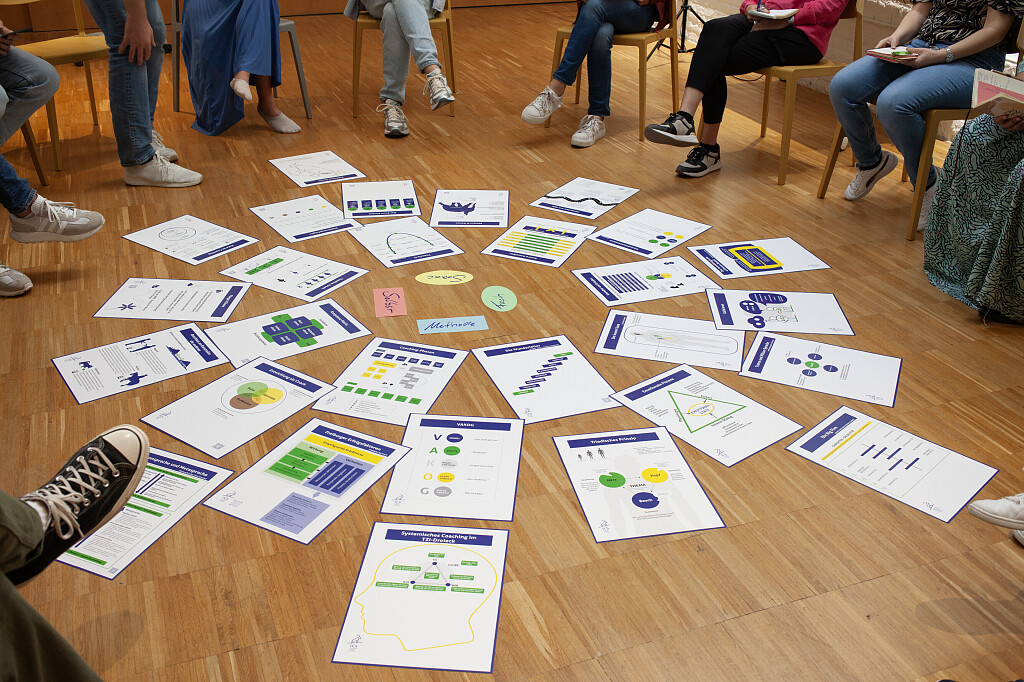What is the Big Five OCEAN model?
The Big Five Personality Model, also known as the OCEAN model, is a widely accepted framework in psychology that describes human personality based on five major dimensions: Openness, Conscientiousness, Extraversion, Agreeableness, and Neuroticism.
Leaders can use the Big Five OCEAN personality model in various ways to better understand and work with their team members. Here’s how leaders can leverage this model:
1. Assessment
Begin by encouraging team members to take a Big Five personality assessment. There are several reliable self-report assessments available that measure personality traits based on the OCEAN model. These assessments can provide valuable insights into individual personality profiles.
2. Understand the five personality traits
Openness: Individuals high in openness tend to be creative, open to new experiences, and curious. They are often adaptable and willing to explore unconventional ideas.
Conscientiousness: People with high conscientiousness are organized, detailoriented, and responsible. They are typically diligent and reliable in their work.
Extraversion: Extraverted individuals are outgoing, sociable, and energetic. They often thrive in social settings and may be more assertive and enthusiastic.
Agreeableness: Those high in agreeableness are cooperative, empathetic, and compassionate. They value harmony and are often considerate of others’ feelings.
Neuroticism: Neuroticism relates to emotional stability. High neuroticism individuals may be more prone to anxiety, stress, and negative emotions, while low neuroticism individuals are typically more emotionally stable.
3. Tailored Leadership Approach
Knowing team members’ Big Five personality profiles can help leaders tailor their leadership approach. For example, individuals high in conscientiousness may appreciate clear instructions and structured work environments, while those high in openness may thrive in more creative and flexible settings.
4. Team Dynamics
Recognize that teams often consist of individuals with diverse personality profiles. Understanding the Big Five traits within the team can help leaders manage team dynamics effectively, fostering collaboration and synergy.
5. Communication Styles
Adjust your communication style based on the personality traits of team members. Extraverted team members may prefer more frequent and interactive communication, while introverted team members may value more thoughtful and private communication.
6. Conflict Resolution
When conflicts arise, consider the personalities involved. High agreeableness individuals may benefit from a conflict resolution approach that emphasizes compromise and harmony, while those low in agreeableness may appreciate a more direct and assertive approach.
7. Motivation and Feedback
Tailor your motivation and feedback strategies to align with individual personality traits. For example, individuals high in conscientiousness may respond well to recognition of their meticulous work, while those high in extraversion may appreciate public praise.
8. Professional Development
Use the insights from the Big Five model to guide professional development discussions. Help team members identify areas for growth and provide opportunities that align with their personality traits and goals.
9. Team Building and Roles
When forming teams or assigning roles, consider the balance of Big Five traits to ensure diversity and complementarity among team members. This can lead to more effective teamwork and problem-solving.
10. Self Reflection
As a leader, periodically reflect on your own Big Five personality traits. Recognize how your personality may influence your leadership style and adapt as needed to best serve your team.
In summary, the Big Five OCEAN personality model can provide valuable insights for leaders to enhance their understanding of team members, improve communication, manage conflicts, and create a more harmonious and productive work environment.
A final note: Personality is just one piece
However, it’s important to remember that personality traits are just one aspect of an individual, and leaders should consider other factors such as skills, experiences, and values when working with their teams.
The DISC personality model is another popular framework for understanding and categorizing personality traits and behaviors.




